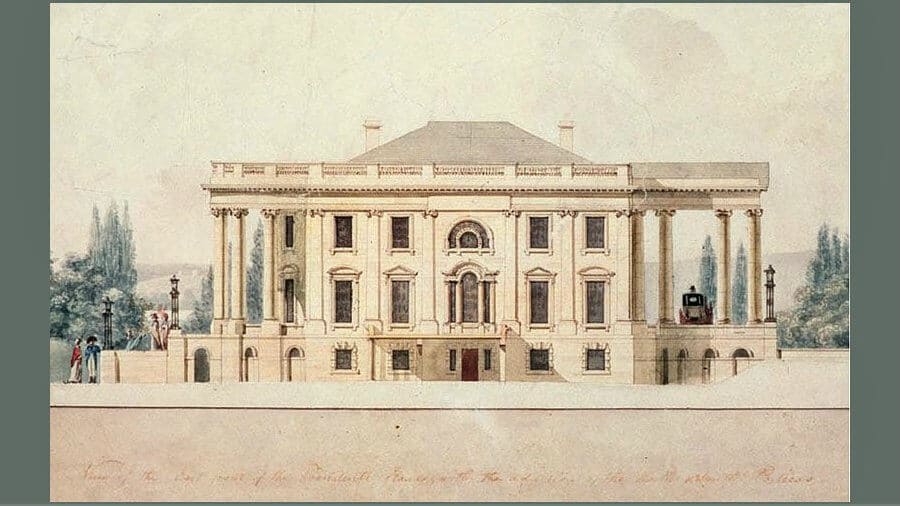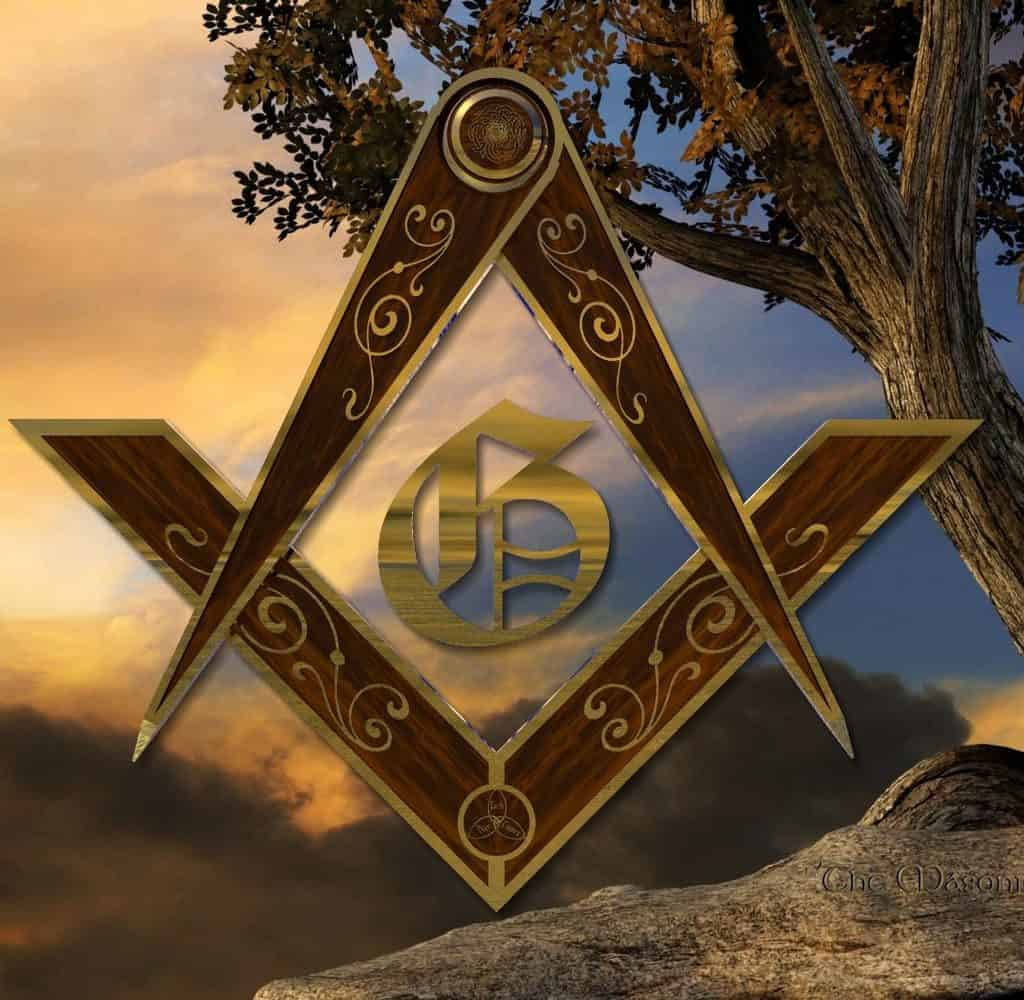The armillary sphere is far more than just an astronomical instrument; it serves as a potent symbol interwoven into the fabric of human history and the quest for knowledge.
Symbolism and History of the Armillary Sphere in Portugal and Brazil
Both in navigation and education, this tool, composed of concentric rings, demonstrates the celestial movements around the Earth. It not only illustrates the scale of declination of the stars on the celestial sphere but also, through a small ball at its center, represents Earth itself.
Meticulously developed over the ages, this tool stems from precise and detailed observations.
Furthermore, the armillary sphere has been a fundamental element in decoration and symbolism across various cultures, most notably in Freemasonry, where it symbolizes the order and harmony of the universe.
This connection with Freemasonry is highlighted in art and literature, where the armillary sphere is frequently associated with the pursuit of truth and moral and spiritual knowledge.
It is important to emphasize its significance, which is not confined to symbolism or science alone, as it has also played a crucial role in the history of exploration and colonization, particularly during the period of maritime expansion of the New World.
Navigators from East Asia, particularly those of the Han Dynasty in China, have considered the armillary sphere an indispensable instrument since the 1st century BC, making significant technical improvements to it as well.
Moreover, Zhang Heng, an astronomer from this era, is celebrated for being the first to use gears and hydraulic articulation mechanisms to model celestial movements for educational purposes.
These insights into the armillary sphere illuminate its enduring relevance in the interplay of science, culture and exploration, underscoring its profound legacy in human progress.
From Royal Emblem to National Symbol
The Trajectory of the Armillary Sphere in Portugal and Brazil
The armillary sphere has not only served as a key instrument in navigation during the Age of Discovery but has also acquired profound heraldic symbolism in the history of Portugal and Brazil.
Additionally, during the reign of Dom Manuel I, King of Portugal and the Algarves from 1495 to 1521, the armillary sphere became one of the most distinctive emblems of the monarch and began to appear on the Portuguese coat of arms from the 15th century.
This symbol further reflects the advanced nautical technology of the Portuguese, who led the exploration and conquest of new overseas territories for extended periods.
With the elevation of Brazil to the status of a kingdom in 1815 by Dom João, representing his mother Queen Dona Maria II, the gold armillary sphere on a blue background was officially adopted as a royal symbol.
This icon not only adorned the coat of arms of the United Kingdom of Portugal, Brazil and the Algarves but also marked its presence on the flag of the Brazilian Empire, combined with the Cross of the Order of Christ, an emblem intrinsically linked to the history of Portugal and its evangelizing mission.
Furthermore, this emblematic object, present on Brazilian colonial coins since the 17th century, continued its symbolic legacy on the flag of independent Brazil, formalized on September 18, 1822.
The description of the Imperial Coat of Arms included an armillary sphere intersected by the cross of the Order of Christ, all within a green shield surrounded by a blue circle adorned with nineteen stars.
It is important to note that, despite the evolution of navigation technology with the invention of the octant and later the sextant, which displaced the armillary sphere in practical use, its symbolic value has not diminished. It continues to be a prominent element in Masonic rites, where it symbolizes the terrestrial and celestial globes.
The Armillary Sphere and Its Role in Manueline Theology and Iconography

More than a mere astronomical instrument, the armillary sphere has been an emblem of deep cultural and spiritual meaning throughout history, particularly during the reign of Dom Manuel I of Portugal.
The detailed research by Godinho (2016) at the University of Lisbon shows that this instrument not only symbolized the cosmos and the celestial sphere but also was adopted as a Manueline device, carrying a connotation of royal power that has been debated and analyzed over time.
Indeed, this symbol was so influential that it was even associated with the theological virtue of hope, as evidenced by the motto accompanying the Manueline device: “hope in God.”
This aspect is reinforced by interpretations of biblical and philosophical texts dating back to the 12th century, particularly by Sephardic thinkers with Kabbalistic inclinations, who saw indications of advanced astronomical knowledge in the Torah.
Godinho’s thesis illustrates how the Tabernacle/Temple in the Torah could be interpreted as a representation of the cosmos, analogous to the armillary sphere, with the biblical cherubim representing components of this cosmic structure.
Furthermore, his work suggests that the interpretation of the armillary sphere could have been influenced by Hebrew thought, emphasizing its role within the messianic ideology prevalent during the reign of Dom Manuel I.
The sphere is not only presented in Manueline iconography as a visual model of the cosmos but also as a representation of theophanies described in the biblical books.
Beyond its historical and theological roles, the armillary sphere remains a symbol of vast meaning within Freemasonry.
It is not limited to being an instrument of astronomical measurement or navigation; it encapsulates a wealth of symbolism ranging from the basic principles of geometry to the deepest meditations on life and the universe.
Particularly, it symbolizes the Tropics of Cancer and Capricorn, the major solar and stellar cycles and is intrinsically linked to Masonic practices and ceremonies.
In conclusion, the armillary sphere represents a microcosm of the values and teachings of Freemasonry, reflecting the universality and the perennial quest for knowledge that characterizes this fraternity. This convergence of history, astronomy, philosophy and symbolism in a single instrument demonstrates its enduring significance through the centuries.
With information from freemason.pt | The cover image has been provided courtesy of Depositphotos.com




